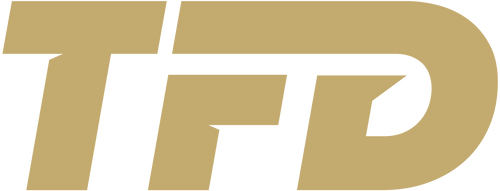
“The body moves in chain reactions – for example transferring force from the foot, up the leg and hip, through the thorax and shoulder and arm and into the punch. If one link of that chain isn’t working correctly, it can get overloaded and result in injury.”
The role Osteo plays with combat athletes.
What role does an osteopath play with a UFC fighter?
The aim of the game is to keep injury-free and get the fighter’s body working to its full potential. Reacting to injuries by treating them as they happen wastes valuable training time, due to missed sessions or training at less than full capacity. In the lead up to a fight, every session counts. Even outside of fight camp, injuries can be devastating with major injuries stealing up to a year out of a fighter’s career. That’s a big chunk out of what may only be a 10 to a 15-year career at the maximum.
For guys like Cal in the UFC who put their bodies through so much, it can be a real challenge to keep them injury-free. That’s where Osteo comes in, because underlying issues are not always apparent to fighters and their trainers. The body moves in chain reactions- for example transferring force from the foot, up the leg and hip, through the thorax and shoulder and arm and into the punch. If one link of that chain isn’t working correctly, it can get overloaded and result in injury. I work with Cal to assess his movement patterns while training- either by watching him train on the bag or with his coach or by grappling with him. Then I use functional manual reaction techniques (a hands-on method to improve a ‘problem’-movement while Cal is performing it) and develop exercises and stretches to get his biomechanics working for him. For example, getting better rotation through his thoracic spine meant getting an extra 2 inches of reach on his right cross. I predominantly treat using a True Stretch Cage- think of it as an upright treatment table. It is an active form of treatment, and my clients are often pretty tired by the end of a session.
What does it look like to work with a UFC fighter throughout the different parts of the year?
Out of camp, I treat Cal on a maintenance basis. He is a fighter that trains year-round and is always ready to go. That means some minor injuries pop up from time to time, and we deal with them as they happen. My studio is upstairs from Renegade MMA where Cal trains, so it’s easy for us to catch up and do a treatment in between his busy training and napping schedule (it’s incredible what he can sleep through- just about anything except a call from his wife). Working upstairs means it’s easy for Cal and his coaches to let me know when he’s not moving right, so we can nip any injuries in the bud.
In camp, when the training starts to intensify, we move to more regular treatments, generally once or twice per week. Depending on how he feels on the day we can do a more active treatment with strength, conditioning and stretching, or if he’s too tired or beat up, then we can do more passive treatments like laying down and working through tight and sore muscles with soft tissue mobilization, articulation and manipulation techniques.
During fight week, fighters are dropping weight and have been working hard, so I try to keep treatments gentle and relaxing with the aim to reduce stress on the body. When Cal fought on UFC 234 in Melbourne, he had to drop 15kg in 2 weeks after a last-minute call-up. Thankfully Jordan was there to help guide him through the cut, but it was tough. He started cramping up pretty badly during his sweat session, but I managed to work my magic to relieve the cramps without stopping the cut. For UFC 243 Cal moved up to welterweight, so it was a much more comfortable weight cut. I was on standby, but he cruised through it without my help. That was nice for me because I just got to sit back at watch him sweat it out on the pads. I’m happy to say that Cal has come into fight week injury-free for every fight I’ve worked with him on.
Dr Luke Smith (Osteopath) runs his practice Mixed Osteo based in Melbourne, Victoria, Australia. Luke is a brown belt in Brazilian jiu-jitsu and also trains Muay Thai. Training and working with combat sports helps him understand the biomechanics and injuries that occur—leading to the best management and quickest recovery.
You can connect with Luke on social medial @mixedosteo or @combat_osteo or head to his website www.mixedosteo.com.au for more information on how to work with him.
